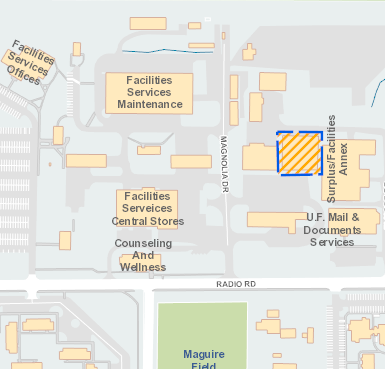- Homepage
- Departments
- Utilities and Energy Services
- Clean Water
- Pollution Prevention
- Best Management Practices
Best Management Practices
UF aims to prevent water pollution by using effective, proven techniques. To accomplish this, UF follows recommendations known as Best Management Practices (BMPs).
Specific BMPs are defined for each pollution source. There are two types of BMPs: behavioral and structural.
Behavioral BMPs
Behavioral BMPs require a behavioral change on the part of individuals.
Example: A janitor who empties wastewater into a sanitary sink instead of a storm drain is improving water quality.
Structural BMPs
Structural BMPs require a physical structure which can assist in controlling water quantity and/or water quality.
Example: Strips of vegetation established between a pollution source and a waterbody remove pollutants in runoff.
In some cases, multiple BMPs can be implemented for maximum effectiveness. Scientific data on the success of BMPs is limited, but growing. Comparing the effectiveness of different BMPs has proven challenging because of the variety of research methods and designs. Nevertheless, BMPs, if designed and maintained correctly, are considered by the federal government to be reliable mechanisms for treating stormwater.
More Information
- EPA Municipal Technologies Fact Sheets (see Stormwater)
- Florida Department of Environmental Protection BMP resources
- Florida Development Manual: A Guide to Sound Land and Water Management – Contains detailed descriptions, theory, and standards and specifications for BMPs to control erosion and sediment during construction and stormwater management after construction.





